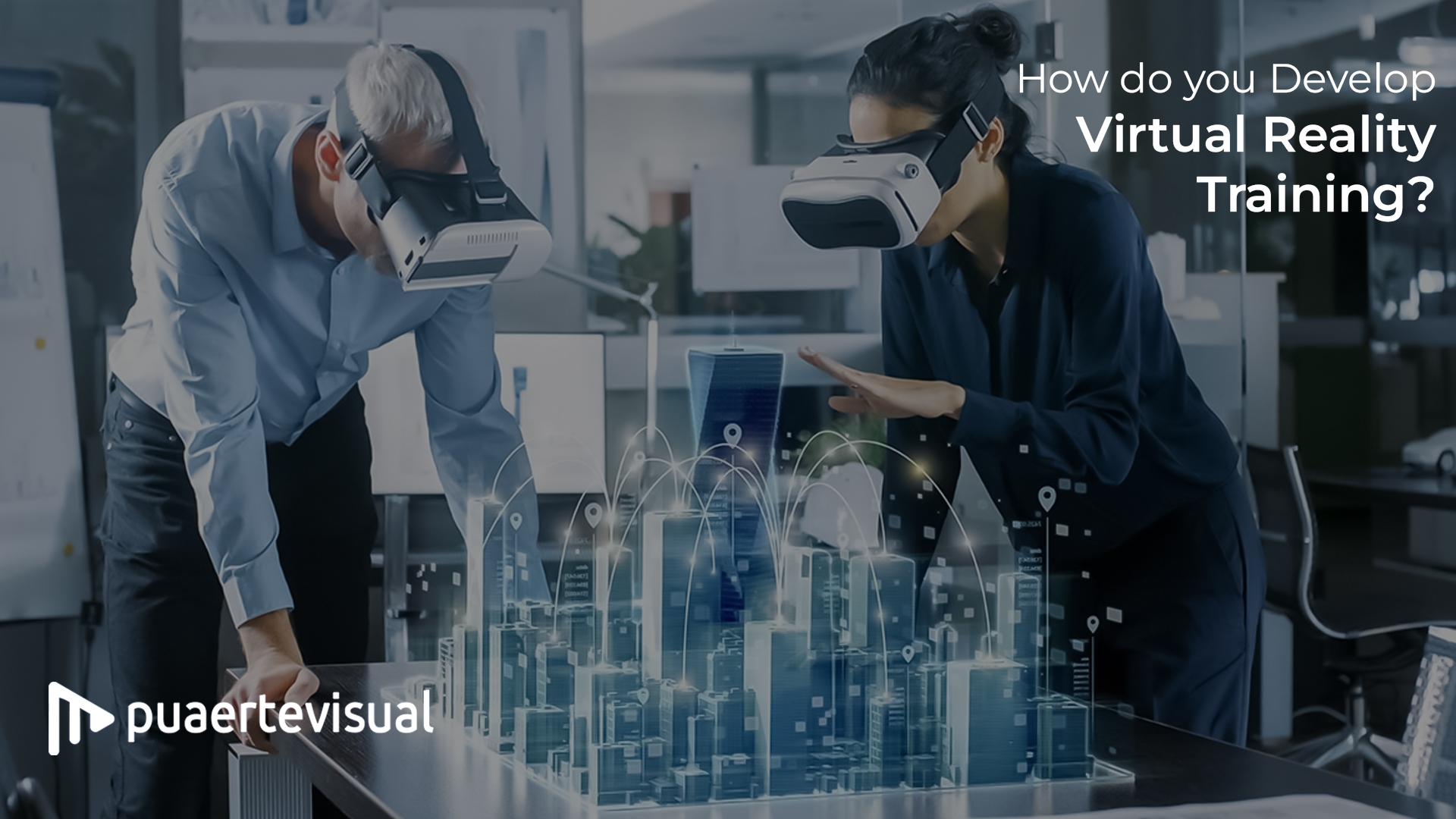
In this modern era, “the virtual reality development can be smeared towards several disciplines like gaming, entertainment, marketing, education, fashion, engineering, training, simulation, art, & much more.” – to put it in our words exactly.
Virtual Reality is the exciting new technology that is being improved by the minute & we have already seen some massive hard hitters in the face of Pokémon GO – the game that managed to take the entire world by the storm. It is obvious that this is the technology that is only going to get better, & with the past few years being almost gone, we have decided to take a peek behind the curtain & pinpoint a few of the top trends in virtual reality development look forward in upcoming years.
When integrating the new technology & systems, particularly across multiple locations, virtual training is one of the easiest ways to train employees. Virtual reality training can be a great asset to trainers & employees as this allows information to be given to several business locations instantaneously. This also allows all employees to interact & ask questions that pertain to the specific location that someone else might not have thought of yet. Virtual training can be led through numerous other systems.
Typically, we all like to have a deck, or at least the outline, prepared of what we want to talk about & cover. When training, particularly on the specialty program like the CRM, we all like to conduct the training live while going via the program. It will help the trainees see exactly how to get somebody in the system or how to run precise reports. Employees can also speak up during training to ask questions & to ask for clarification on how to get to certain parts of the system.
As with any type of training, the trainer should focus items being covered on what trainees will use the system & technology for. Directors & executives will characteristically use the new system in different ways than customer service employees, so these training should be scheduled within a smaller timeframe. Employees using the system to input data, run reports, & manage the system on a reliable basis will usually require a longer training time to go over all the details.
Setting up virtual training is just like setting up classroom training. The employees for training can meet in one meeting room & have the training up on the large screen so that everyone can view what is going on. Or, employees can log in from their own systems to view training. One of the largest challenges that are found with virtual training is to schedule the particular day & time when everyone is available and to get everyone there. It is easier to blow off the meeting with the organizer is not actually present in the room.
Another challenge with the virtual training is that the trainer can’t see the trainees & can’t see if they are being abstracted by the emails, phones, & even each other. Taking roll calls, in the beginning, will aid to determine contributors for each training. With the health training, the trainers should be accessible for some additional questions and/or issues from the employee’s side.
Offering training for managing crucial & expensive equipment
Expensive machinery & devices need well-skilled personnel for the operation. Yet, it is neither easy nor ideal to permit newbies to train unswervingly on such devices. The slightest mistakes in handling such equipment can prove to be very expensive. The virtual training system can be used as the ideal tool for offering comprehensive training to the employees. By allowing trainees to work & be tested until they are fully accomplished, the virtual training system ensures a risk-free & economic environment for training individuals.
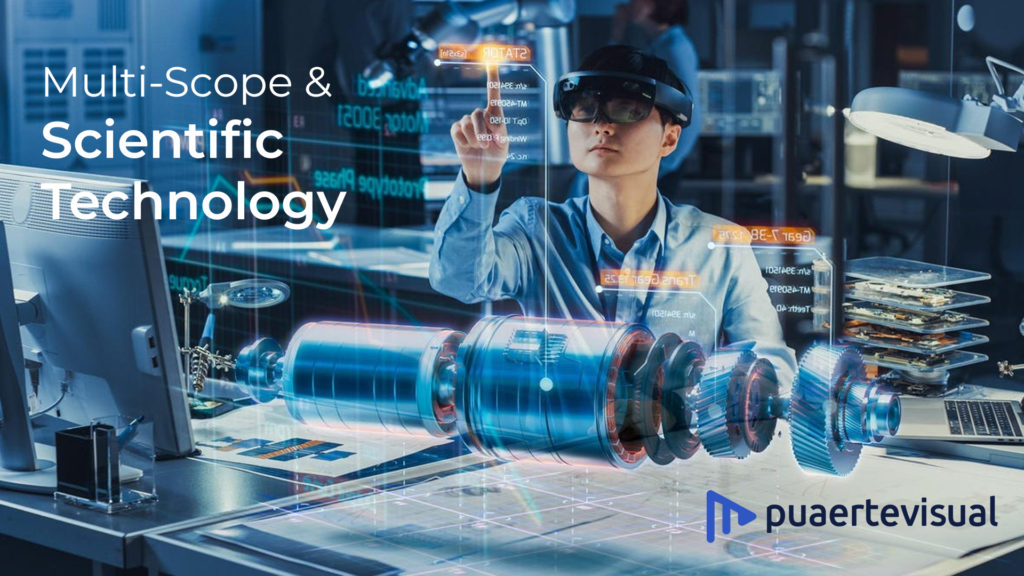
Multi-scope & scientific technology
Modern virtual training systems can be used across an array of situations that are ranging from the medical industry to the construction industry. It has proven to be the best option for training & assessing skilled individuals using the yielding methods in recent years. Because of the virtual training systems, individuals involved in disaster rescue have been able to attain appreciated real-life skills, with which they have been able to save hundreds of lives in real disasters.
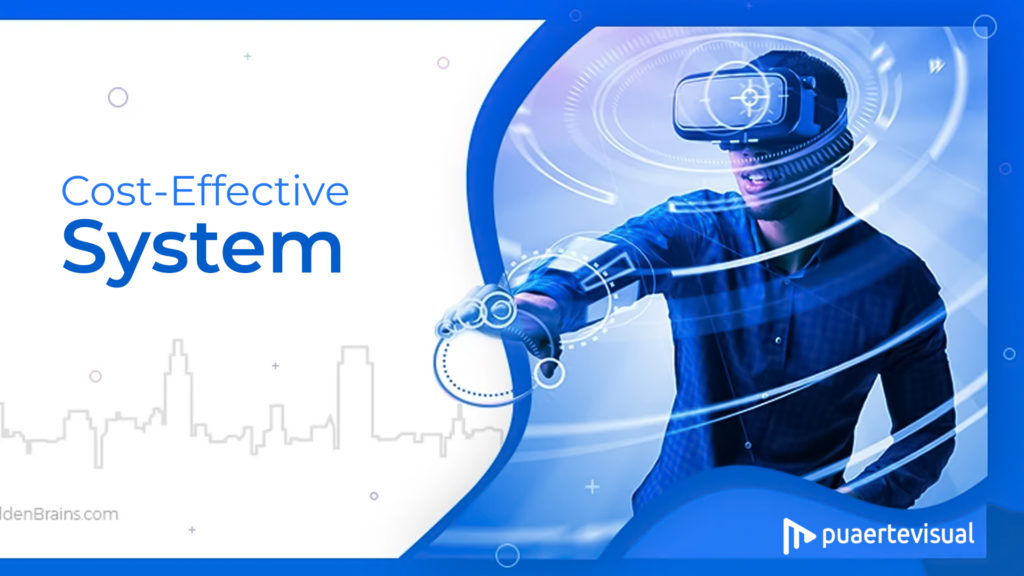
Cost-effective system
In the medium & long run, the virtual reality training system can efficiently help in the reduction of organizational budget on the training. By cutting the expensive overhead & wage costs related to real-life training scenarios, adopting a virtual training system can prove to be a beneficial arrangement from today’s economical point of view.
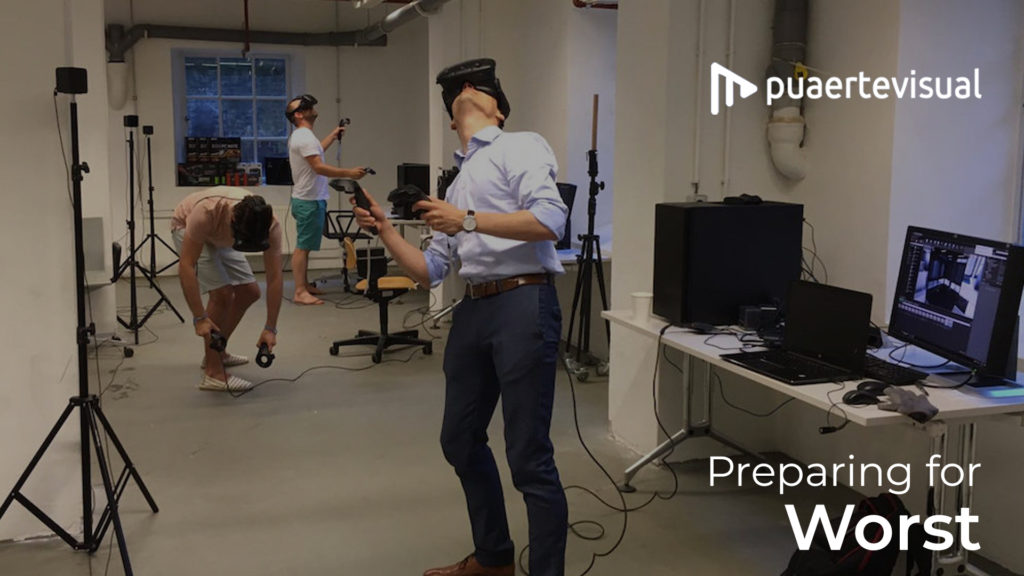
Preparing for worst
The threats of several unwanted & undesirable situations such as wars, disasters & emergencies are always present in the environment. Yet providing on-the-job training for the same is never easy. The training personnel for such a situation is often cost-intensive & in many cases can even demonstrate to be life-threatening. But, over the last few years, a virtual training system has emerged as an ideal way to handle such situations. With the use of modern display equipment that includes virtual reality & 3D screens, trainees are put into preferably replicated environments, where they can recover their skills in a risk-free environment. Countless governments already use all such situations effectively to train army & security personnel for real-life disasters. Add on the best way in which best of the best support can be added without any hassle.
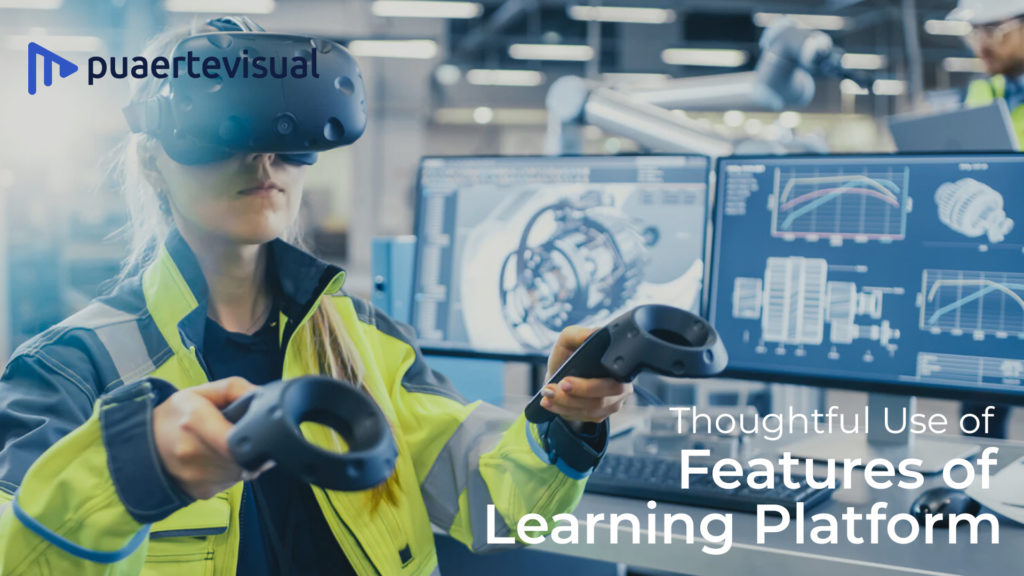
Thoughtful Use of Features of Learning Platform
There are thousands of educational software that are available in the market & most of them come featured with tools to keep the students focused. For instance, you can use annotation tools, like arrows, pointers, highlighters to direct learners’ attention to the complex graphics. You can customize the virtual training space to provide your students a face-to-face training experience even in the virtual set-up. A great way to do this is to use Adobe Connect – the Flash-based rich-media platform. You can even leverage the video capabilities of such software to help students & instructors to participate in face-to-face Q&A sessions. Apart from these, trainers should also encourage candidates to indulge & participate in an interactive route of learning.
